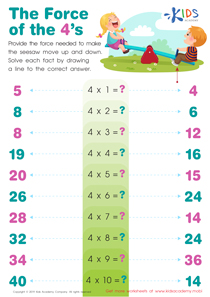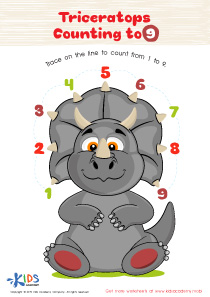Following instructions Easy Numbers Worksheets for Ages 6-8
5 filtered results
-
From - To
Discover our "Following Instructions Easy Numbers Worksheets," specially designed for children ages 6-8. These engaging resources focus on enhancing essential skills like number recognition and following directions. Each worksheet presents fun, interactive activities that guide young learners through recognizable numbers and basic math concepts. By following simple instructions, kids will strengthen their comprehension abilities while building a strong foundation in numeracy. Perfect for home or classroom use, these worksheets make learning entertaining and informative. Help your child gain confidence in their math skills while practicing important listening and comprehension techniques. Start inspiring curiosity and academic growth today!
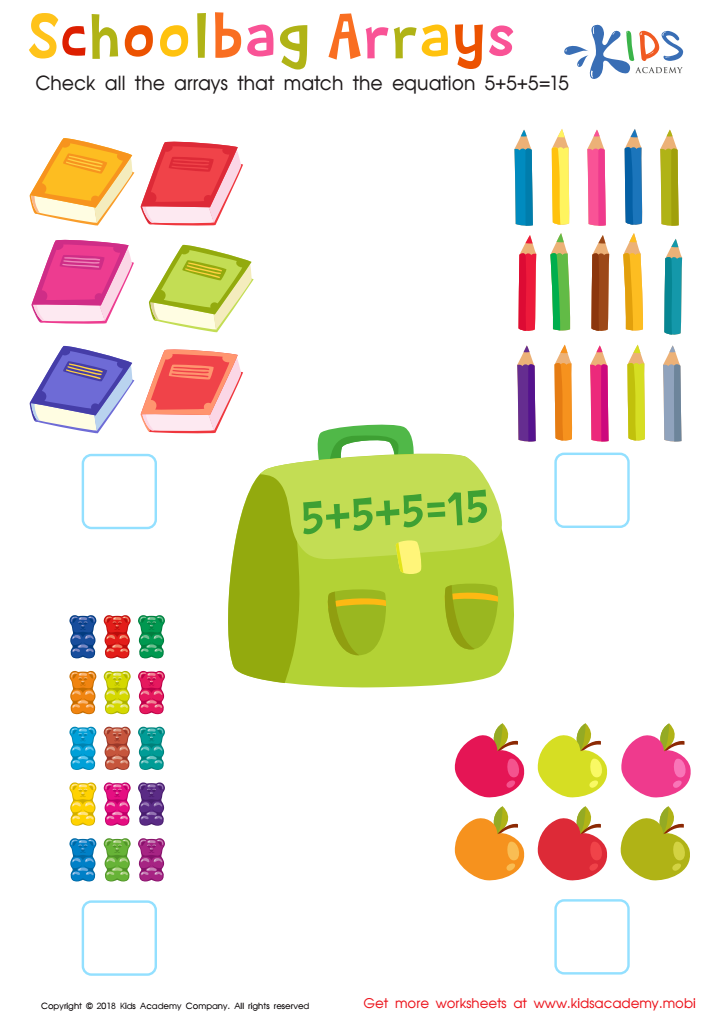

Schoolbag Arrays Worksheet


6 Parrots Worksheet
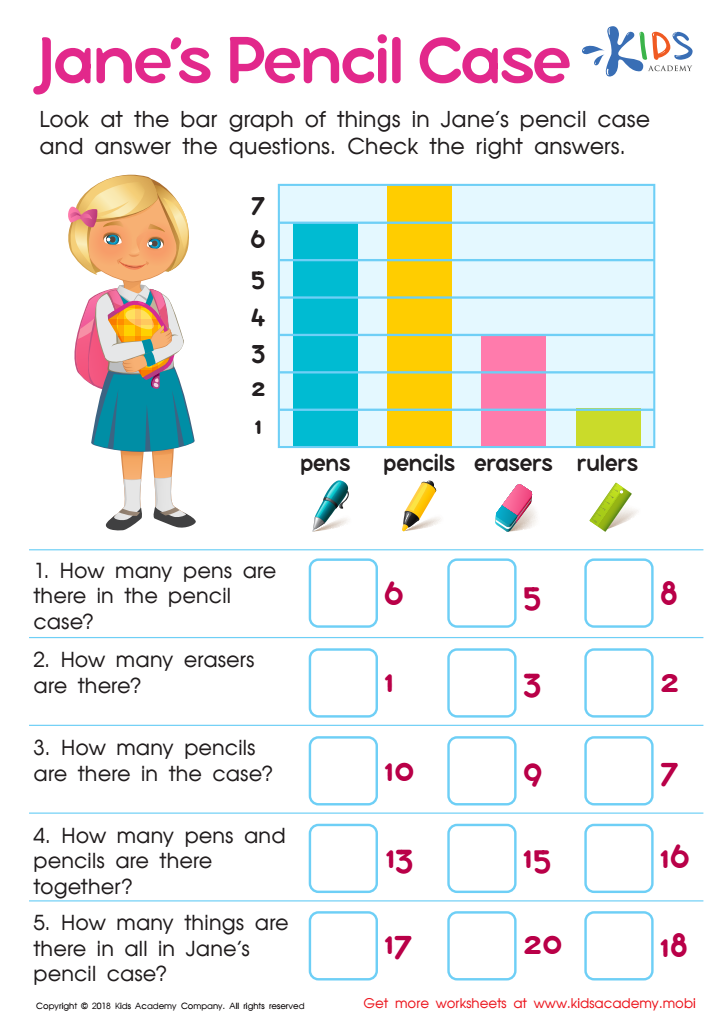

Jane's Pencil Case Worksheet
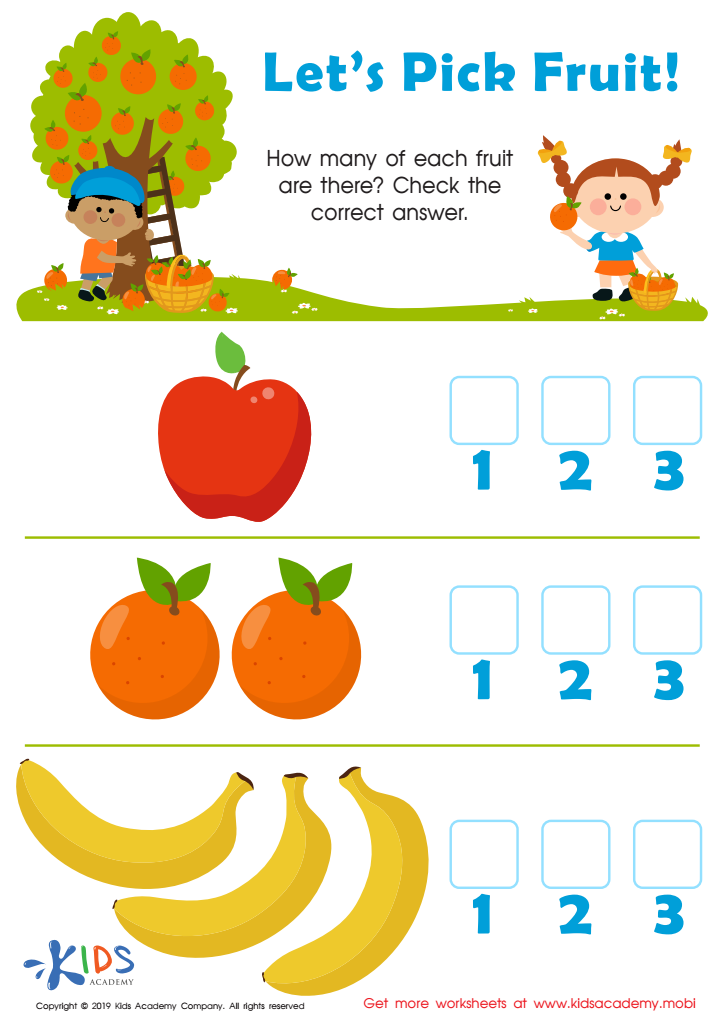

Let's Pick Fruit Worksheet


Assessment: Aquarium Sign Worksheet
Teaching children how to follow instructions, particularly in the context of "Easy Numbers," is crucial for their overall development and academic success. For children aged 6-8, the ability to grasp and apply instructions is foundational, as this stage marks the transition from early learning to more structured educational environments. As parents and teachers, fostering this skill encourages independence and confidence in young learners.
Following instructions helps children build critical thinking and problem-solving abilities. When they learn to analyze steps and execute tasks, they develop cognitive skills that aid in understanding more complex concepts in math, science, and language arts. Additionally, mastering this skill improves their social interactions; as children learn to communicate effectively and understand expectations from authority figures, they cultivate respect and collaboration.
Moreover, engaging with "Easy Numbers" through instruction-based activities allows children to experience a sense of achievement, reinforcing their motivation to learn. Parents and teachers play a key role in modeling how to interpret directives positively; this guides children in navigating daily tasks, homework, and group work effectively. Ultimately, prioritizing the ability to follow instructions not only aids academic performance but also nurtures life skills that will benefit children throughout their lives.
 Assign to My Students
Assign to My Students





%20(1).jpg)







